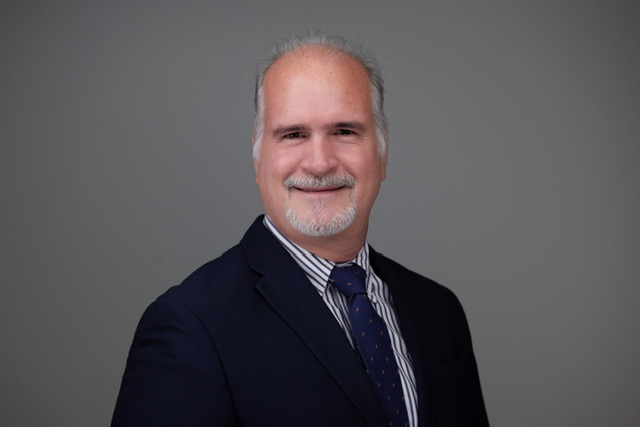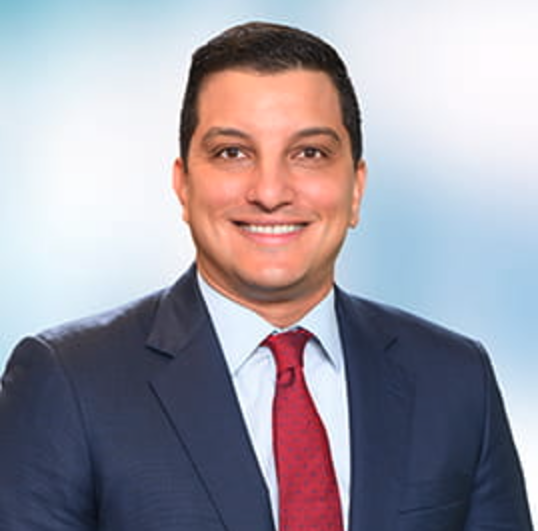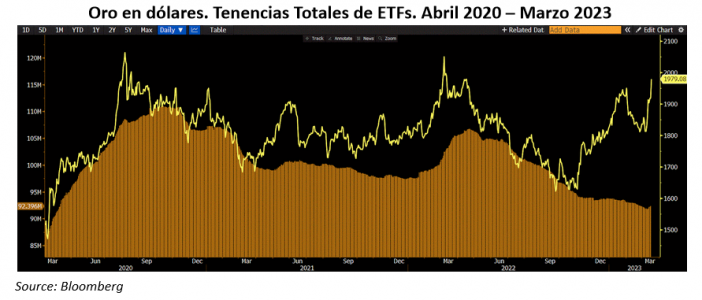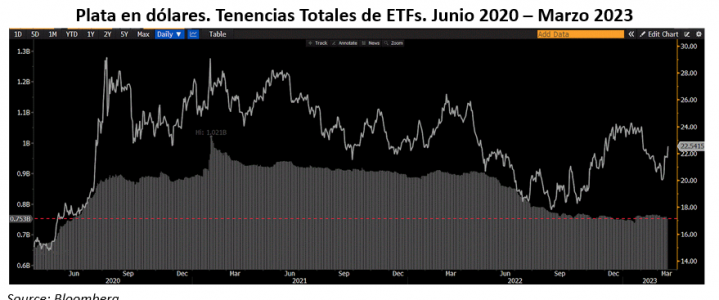The Aegon High Yield Global Bond Fund reached a historic milestone in the third quarter, surpassing $1 billion in assets under management. This achievement, managed by Aegon Asset Management, reflects a threefold increase in assets so far this year.
Amid consistent fund inflows, we spoke with Mark Benbow and Thomas Hanson, co-portfolio managers, to unpack the complexities of the high-yield bond market. In the interview, they discussed current investment opportunities, the health of issuing companies, market valuations, and the strategic role these bonds can play in a diversified portfolio.
How are high-yield companies holding up in the current environment? Are you seeing signs of weakness due to slower economic growth and high rates?
Mark Benbow:
There are two ways to approach this question: from the perspective of the companies and the bonds they issue, which are not always as closely correlated as one might think. Overall, bond prices are holding up, but corporate earnings are mixed. Some areas of the market are performing well, while others are beginning to show cracks.
From a bond price perspective, the market is holding up due to demand outpacing supply, with central bank rate cuts fueling risk appetite. These technical factors have tightened credit spreads and lifted bond prices, even softening volatility episodes like the one in August. However, for companies, the picture is more mixed. Many emerged from the pandemic with cleaned-up balance sheets, solid liquidity, and strong credit metrics, enabling them to navigate inflation and uncertain macroeconomic conditions effectively. Yet beneath the surface, there are highly leveraged companies that could face challenges if high interest rates persist.
In summary, while bond prices are strong and companies are starting from a position of strength, macroeconomic pressures and idiosyncratic factors are widening the gap between the strongest and weakest issuers. This, however, creates an intriguing investment environment where careful selection is essential for differentiated returns.
You mentioned August’s volatility. How did it impact the high-yield market, and what are your expectations for the rest of the year?
Thomas Hanson:
It was a brief episode—just a few days of weakness in the lower-rated segments (CCC and below)—but the market rebounded quickly. By October 31, the global high-yield index (ICE BofA Global High Yield Constrained Index) had delivered an 8.4% return year-to-date, setting the stage for a strong annual performance.
Looking ahead, we expect—and even welcome—more volatility, as it creates buying opportunities for active managers. While it’s hard to predict specific catalysts, factors like smaller-than-expected rate cuts, refinancing challenges, or geopolitical risks could stir turbulence. Additionally, as central banks step back as primary bond buyers, volatility could rise, exposing valuation divergences and uncovering opportunities to identify undervalued securities.
With tight spreads but elevated yields, is now an attractive time to invest in high-yield bonds?
Thomas Hanson:
There are two perspectives to value this market: spreads and yields. While spreads are near historic lows, yields to maturity are around 7%. Historically, this level has been a reliable indicator of five-year annualized returns. Additionally, income remains the primary driver of long-term returns for these bonds.
Although tight spreads might persist, predicting better entry points is challenging. In this environment, we prefer to stay invested and generate income rather than waiting on the sidelines.
What specific opportunities are you identifying in the portfolio?
Mark Benbow:
Our focus is on income generation and downside protection. On the yield curve, we favor short-term bonds because the inverted curve currently pays more for three-year bonds than ten-year bonds. This not only boosts the portfolio’s yield but also reduces volatility.
Regionally, we prefer Europe and the UK over the US, given the relative valuation appeal post-Brexit. Sector-wise, we remain bullish on consumer-focused areas, supported by low unemployment, and have started adding exposure to real estate, particularly in hotels and residential assets. Rating-wise, we focus on higher-quality issuers and avoid riskier credits.
What role can high-yield bonds play in investors’ portfolios today?
Thomas Hanson:
High-yield bonds can provide high income and attractive risk-adjusted returns. In an environment where investors shift between equities in bullish phases and traditional fixed income in bearish ones, high-yield bonds can act as a hybrid. They allow for de-risking capital compared to equities or increasing income within the fixed-income portion of a portfolio, with lower sensitivity to interest rates than investment-grade bonds.
Ultimately, high-yield bonds remain a key tool to diversify portfolios, enhance income, and manage duration risk, even amid macroeconomic challenges.











